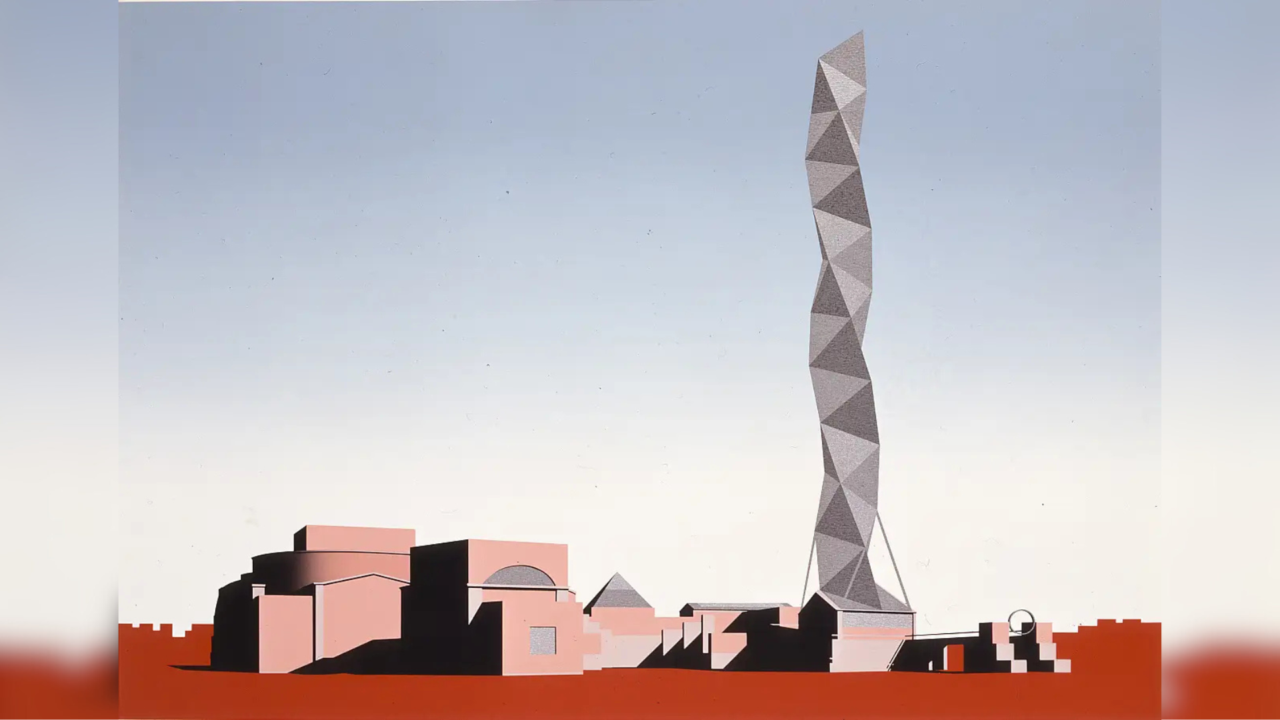Pablo Larraín, director of the film ‘Spencer,’ named the Berlin-based “Kino International” as the “coolest cinema in the world.” Kino is German for “cinema” or “movie theater.” Constructed in 1963 by Slovak architect Josef Kaiser, this cinema stood as an indispensable location in German film history for about 25 years until the reunification of the divided nation, even while under the control of the former Soviet Union. In 1990, it was designated as a tangible cultural asset symbolizing the modernist architecture of East Germany and later recognized as the official venue for one of the world’s three major film festivals, the Berlin International Film Festival.
While there’s a culture of preserving historical buildings like “Kino International,” gentrification in Berlin continues unabated. Squatters being evicted, stores closing due to rent hikes, and Altbau (century-old buildings) being demolished due to aging are common occurrences. Amid local protests, some believe that gentrification is necessary for Berlin to evolve into a global city.
Exploring the past, present, and future of Berlin through the lens of “Kino International,” a venue that has witnessed a remarkable history intertwined with its own unique fate.
INDEX
A cinema pivotal in two contrasting epochs of division and reunification.
Located in the Mitte district of Berlin, Karl-Marx-Allee is a grand thoroughfare running through the heart of the city, yet it feels deserted and somewhat desolate. Standing out conspicuously along this street is the “Kino International.” Its striking concrete architecture, with the second floor protruding an impressive 9 meters from the facade of the ground floor, is hard to miss. The ground floor features a retro foyer adorned with lights scattered across the ceiling, while the second floor houses a screening hall capable of seating 550 people. The spacious lounge, entirely glass-panelled, boasts opulent chandeliers and a colossal mirror ball suspended from the ceiling. Behind the bar counter, the entire wall is adorned with blue stained glass, complementing the elegant antique wood ambiance accentuated by crimson chairs displayed throughout.


When it comes to the crucial screening hall, it boasts sloping seats, a gigantic 17.5-meter-wide screen—the largest among Berlin cinemas—and audio facilities on par with recording studios. It’s a cinema where you can enjoy powerful visuals and sound in a retro space that feels like a time warp.

The district of Mitte, where the venue is located, was in East Berlin, under the control of the former Soviet Union in East Germany. Why was such a luxurious cinema built during the repressed socialist regime? Public facilities and residential buildings at the time were restricted by the government in terms of resources and technology, resulting in many structures being constructed with cheap materials like concrete and prefabricated panels. In contrast, “Kino International” is said to have been designed with investments from the government and leaders, adorned with lavish designs and decorations, symbolizing the government’s prestige and the ideals of socialism.
Joseph Kaiser, who wanted to incorporate modern and new culture into East Berlin like West Berlin, designed an innovative cinema with a unique design. During the same period, neighboring establishments like “Mokka Milch und Eis Bar,” “Café Moskau,” and “Hotel Berolina” were also constructed, forming an architectural ensemble representative of the former East Germany era. While favored by the upper class as restaurants and dance halls, “Hotel Berolina” closed with the fall of the Wall, and “Café Moskau,” like “Kino International,” designated as a cultural heritage site, now serves as an event space but carries a somewhat somber atmosphere. The melancholy felt when visiting to watch Wim Wenders’ film “Perfect Days” may not be solely due to the cold winter but rather the lingering shadow of old East Germany at Karl-Marx-Allee.
INDEX
East Berlin amidst the Wall Era
While it’s a well-known fact that there was a wall in Berlin, how many people truly understand why East and West had to be separated by the wall? After World War II, defeated Germany was divided into West Germany and East Germany by the Allied forces (United States, United Kingdom, France, Soviet Union). Berlin belonged to East Germany (German Democratic Republic) ruled by the Soviet Union, but Berlin itself was further divided, with West Berlin being administered by the United States, United Kingdom, France, and East Berlin by the Soviet Union. In other words, while part of East Germany, West Berlin belonged to West Germany, an unprecedented situation.
Initially, there was no wall, and travel between East and West was free. However, as the economic disparity between capitalist West Germany and socialist East Germany widened, and East Germany’s economy deteriorated while West Germany prospered, people from East Berlin began defecting to West Berlin in droves seeking a freer and better life. Sensing a threat to the state’s existence, East Germany sealed the border between East and West Berlin on August 13, 1961, and erected the wall overnight, surrounding West Berlin. The wall, 3 meters high with barbed wire, was heavily guarded, and people from East Berlin were not allowed near it. Despite this, some who attempted to escape lost their lives in the process.






















